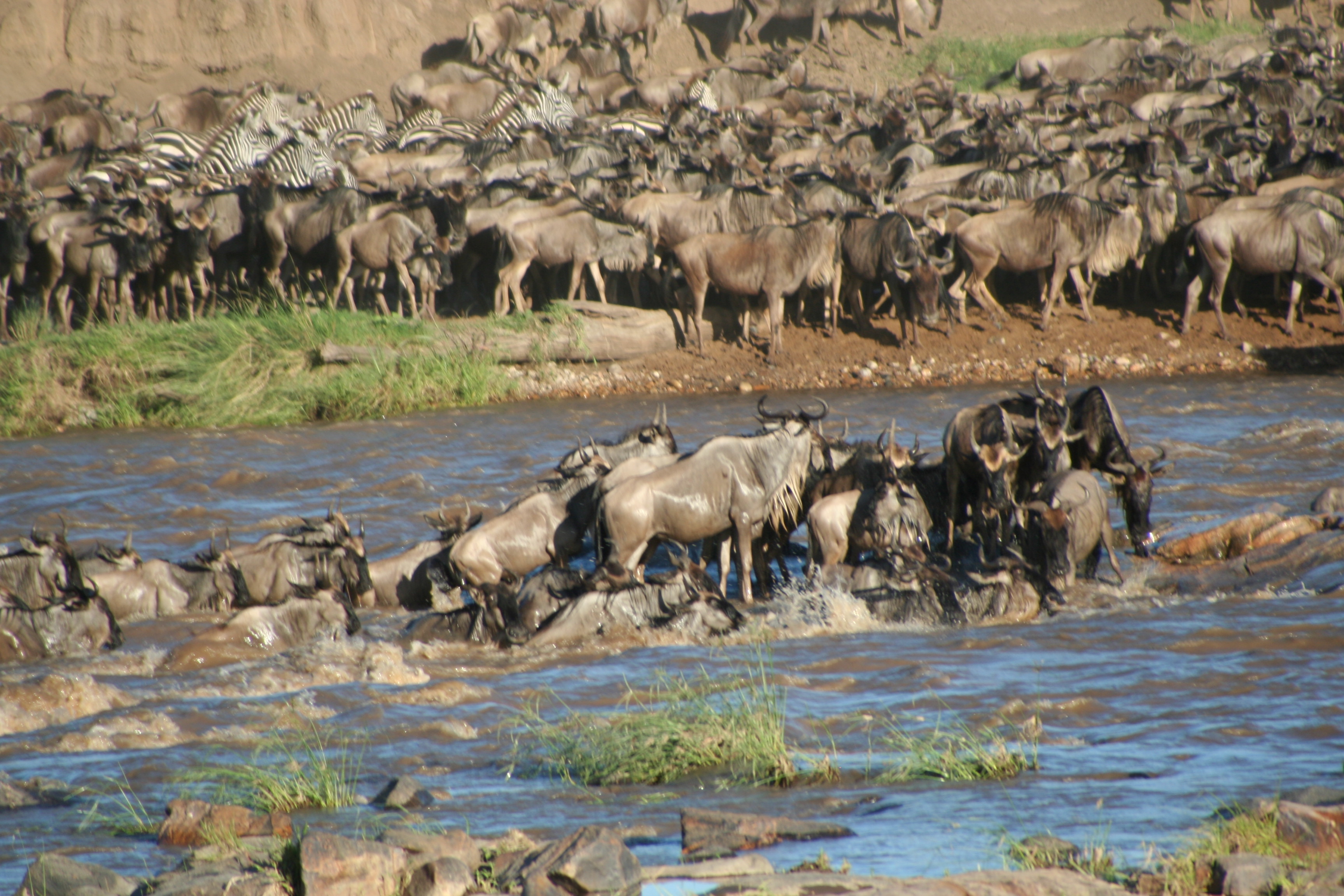|
Halichoeres Solorensis
''Halichoeres solorensis'', the green wrasse, is a species of salt water wrasse found in the western Pacific Ocean. Their depth range is 10 to 40 meters. They are found in coastal reefs and lagoons, frequently in sand-rubble substrate with large staghorn coral colonies. They are non-migratory Bird migration is the regular seasonal movement, often north and south along a flyway, between breeding and wintering grounds. Many species of bird migrate. Migration carries high costs in predation and mortality, including from hunting by ..., and their diet consists of benthic invertebrates. Description This species reaches a length of . They are recognized by their dusky yellow color. References solorensis Taxa named by Pieter Bleeker Fish described in 1853 {{Labridae-stub ... [...More Info...] [...Related Items...] OR: [Wikipedia] [Google] [Baidu] |
Pieter Bleeker
Pieter Bleeker (10 July 1819 – 24 January 1878) was a Dutch medical doctor, ichthyologist, and herpetologist. He was famous for the ''Atlas Ichthyologique des Indes Orientales Néêrlandaises'', his monumental work on the fishes of East Asia published between 1862 and 1877. Life and work Bleeker was born on 10 July 1819 in Zaandam. He was employed as a medical officer in the Royal Netherlands East Indies Army from 1842 to 1860, (in French). stationed in the Dutch East Indies (now Indonesia). During that time, he did most of his ichthyology work, besides his duties in the army. He acquired many of his specimens from local fishermen, but he also built up an extended network of contacts who would send him specimens from various government outposts throughout the islands. During his time in Indonesia, he collected well over 12,000 specimens, many of which currently reside at the Naturalis Biodiversity Center in Leiden. Bleeker corresponded with Auguste Duméril of Paris. His wor ... [...More Info...] [...Related Items...] OR: [Wikipedia] [Google] [Baidu] |
Wrasse
The wrasses are a family, Labridae, of marine fish, many of which are brightly colored. The family is large and diverse, with over 600 species in 81 genera, which are divided into 9 subgroups or tribes. They are typically small, most of them less than long, although the largest, the humphead wrasse, can measure up to . They are efficient carnivores, feeding on a wide range of small invertebrates. Many smaller wrasses follow the feeding trails of larger fish, picking up invertebrates disturbed by their passing. Juveniles of some representatives of the genera ''Bodianus'', ''Epibulus'', ''Cirrhilabrus'', ''Oxycheilinus'', and ''Paracheilinus'' hide among the tentacles of the free-living mushroom corals & ''Heliofungia actiniformis''. The word "wrasse" comes from the Cornish word ''wragh'', a lenited form of ''gwragh'', meaning an old woman or hag, via Cornish dialect ''wrath''. It is related to the Welsh ''gwrach'' and Breton ''gwrac'h''. Distribution Most wrasses inhabit the ... [...More Info...] [...Related Items...] OR: [Wikipedia] [Google] [Baidu] |
Migration (ecology)
Migration, in ecology, is the large-scale movement of members of a species to a different environment. Migration is a natural behavior and component of the life cycle of many species of mobile organisms, not limited to animals, though animal migration is the best known type. Migration is often cyclical, frequently occurring on a seasonal basis, and in some cases on a daily basis. Species migrate to take advantage of more favorable conditions with respect to food availability, safety from predation, mating opportunity, or other environmental factors. While members of some species learn a migratory route on their first journey with older members of their group, other species genetically pass on information regarding their migratory paths. Despite many differences in organisms’ migratory cues and behaviors, “considerable similarities appear to exist in the cues involved in the different phases of migration.” Migratory organisms use environmental cues like photoperiod and weat ... [...More Info...] [...Related Items...] OR: [Wikipedia] [Google] [Baidu] |
Halichoeres
''Halichoeres'', commonly called wrasses, are a genus of fishes in the family Labridae found in the Atlantic, Indian and Pacific Oceans.Victor, B.C., Alfaro, M.E. & Sorenson, L. (2013)Rediscovery of ''Sagittalarva inornata'' n. gen., n. comb. (Gilbert, 1890) (Perciformes: Labridae), a long-lost deepwater fish from the eastern Pacific Ocean: a case study of a forensic approach to taxonomy using DNA barcoding.''Zootaxa, 3669 (4): 551–570.'' Species There are currently 80 recognized species in this genus: * '' Halichoeres adustus'' ( C. H. Gilbert, 1890) (Black wrasse) * '' Halichoeres aestuaricola'' W. A. Bussing, 1972 (Mangrove wrasse) * '' Halichoeres argus'' ( Bloch & J. G. Schneider, 1801) (Argus wrasse) * '' Halichoeres bathyphilus'' ( Beebe & Tee-Van, 1932) (Green-band wrasse) * '' Halichoeres bicolor'' ( Bloch & J. G. Schneider, 1801) (Pearly-spotted wrasse) * '' Halichoeres binotopsis'' ( Bleeker, 1849) (Saowisata wrasse) * '' Halichoeres biocellatus'' L. P. Schultz ... [...More Info...] [...Related Items...] OR: [Wikipedia] [Google] [Baidu] |
Taxa Named By Pieter Bleeker
In biology, a taxon (back-formation from ''taxonomy''; plural taxa) is a group of one or more populations of an organism or organisms seen by taxonomists to form a unit. Although neither is required, a taxon is usually known by a particular name and given a particular ranking, especially if and when it is accepted or becomes established. It is very common, however, for taxonomists to remain at odds over what belongs to a taxon and the criteria used for inclusion. If a taxon is given a formal scientific name, its use is then governed by one of the nomenclature codes specifying which scientific name is correct for a particular grouping. Initial attempts at classifying and ordering organisms (plants and animals) were set forth in Carl Linnaeus's system in ''Systema Naturae'', 10th edition (1758), as well as an unpublished work by Bernard and Antoine Laurent de Jussieu. The idea of a unit-based system of biological classification was first made widely available in 1805 in the intro ... [...More Info...] [...Related Items...] OR: [Wikipedia] [Google] [Baidu] |


